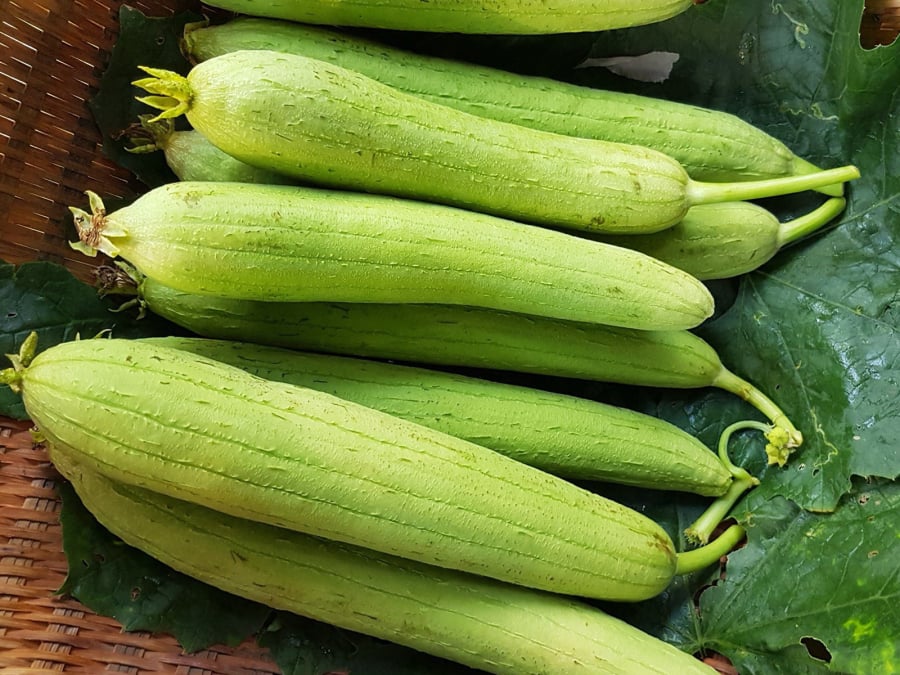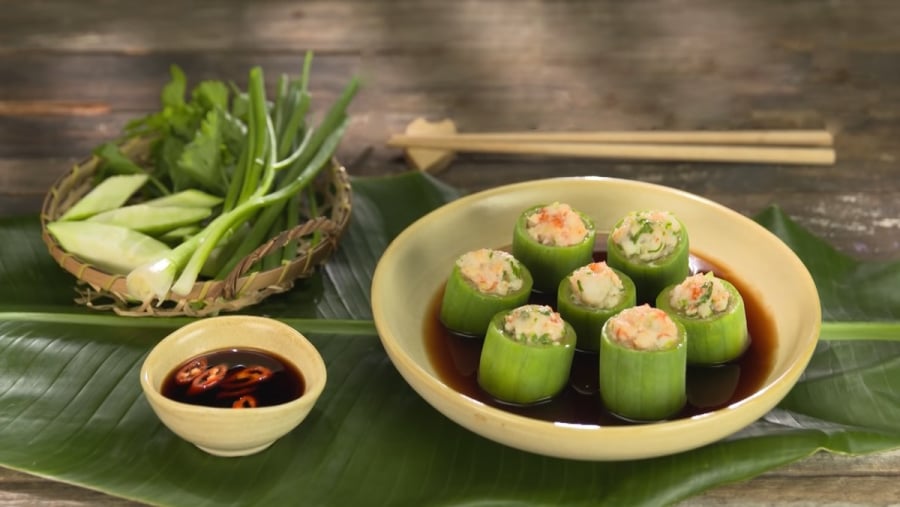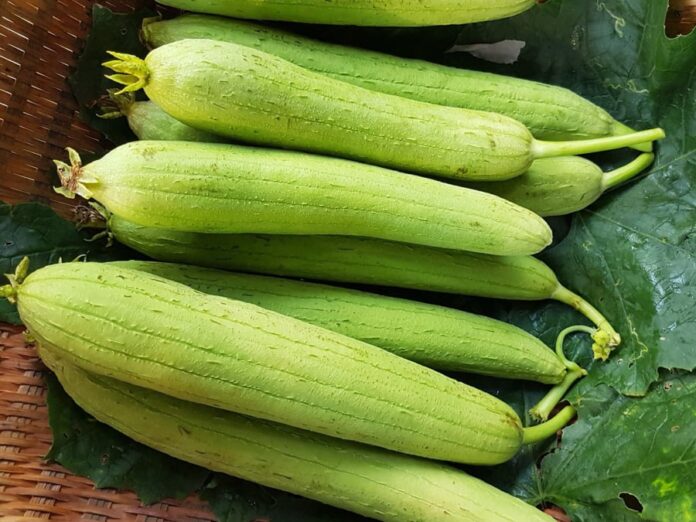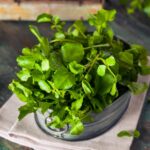Bottle Gourd: A Summer Superfood Rich in Minerals
Bottle gourd, also known as calabash, is a humble summer squash easily found in rural markets and supermarkets during the warmer months. With its light green skin, soft flesh, and refreshing sweetness, bottle gourd is commonly used in traditional soups or simple stir-fries. However, what sets it apart is its calcium content—approximately 30–40 mg of calcium per 100g of bottle gourd, which is quite impressive compared to other vegetables and fruits.
Calcium is an essential mineral for maintaining strong bones and teeth, as well as supporting muscle, nerve, and cardiovascular health. While many people associate calcium with dairy products, bottle gourd offers a plant-based alternative that is gentle on the digestive system and suitable for those with lactose intolerance or those following a vegan or vegetarian diet.

The Comprehensive Benefits of Incorporating Bottle Gourd into Your Daily Diet
Bottle gourd is not only a good source of calcium, but it also provides dietary fiber, vitamin C, and potassium. The fiber in bottle gourd aids digestion, promotes gut health, and helps regulate blood sugar levels. Vitamin C boosts immunity and contributes to healthy skin, while potassium helps maintain electrolyte balance and controls blood pressure—a crucial benefit during hot weather when the body is prone to dehydration.
Moreover, bottle gourd’s high water content and cooling properties make it an excellent choice for combating heat-induced fatigue. This attribute makes it a favorite among busy individuals who seek nutritious meals that can be prepared quickly.
Bottle Gourd: Versatile in the Kitchen, Delicious All Week Long
One of the most appealing qualities of bottle gourd is its versatility. It can be prepared in a variety of ways while retaining its natural flavor and nutritional profile. Stuffed bottle gourd soup, stir-fried bottle gourd with garlic, or a bottle gourd and carrot slaw with toasted sesame seeds are just a few delicious and simple suggestions. You can even juice bottle gourd with a hint of green apple or cucumber for a refreshing and liver-cleansing beverage, perfect for those working in hot environments or struggling with internal heat.
It is important to cook bottle gourd until it is just tender to preserve its vitamins and minerals. Overcooking will result in a mushy texture, discoloration, and a significant loss of nutrients.

How to Select the Best Bottle Gourd and Store It Properly
To ensure the best flavor and texture in your bottle gourd dishes, choose gourds that are slender and elongated, with smooth, evenly colored skin, free from bruises or soft spots. Fresh bottle gourds will have a subtle fragrance, feel firm to the touch, and appear straight, without any curvature. They should be consumed within 3–5 days of purchase and stored in a paper bag or a perforated plastic bag in the refrigerator, away from direct sunlight and excessive moisture.
Summer Menu Ideas Featuring Bottle Gourd
Instead of limiting yourself to using bottle gourd once or twice a week, feel free to incorporate it into a variety of dishes to delight your family. Start the week with a comforting stuffed bottle gourd and shrimp soup, followed by a mid-week stir-fry with mushrooms, and end on a high note with a refreshing bottle gourd and carrot slaw. Each dish will not only add variety to your menu but also provide the necessary calcium and vitamins without excessive calories, making it ideal for those conscious of their weight and health.
In Conclusion: A Small Gourd with Big Benefits
Among the plethora of summer produce options, bottle gourd quietly stands out for its significant nutritional value. You don’t need expensive or exotic foods to nourish your body; simply including bottle gourd in your weekly meals is a natural and wholesome way to support your health.







































